Health
10 Secrets for Masterful Celiac-Friendly Baking You Need to Try


For those who follow a gluten-free diet due to celiac disease, achieving the perfect texture and flavor in baked goods can be a constant challenge. However, there are several lesser-known techniques and ingredients that can elevate the quality of celiac-friendly baking to a whole new level.
These secrets not only address the absence of gluten but also enhance the overall baking experience. By incorporating these 10 expert tips, you can elevate your gluten-free baking game and ensure that every treat is a delectable delight, regardless of dietary restrictions.
Key Takeaways
- Designate specific kitchen tools and equipment for gluten-free ingredients to prevent cross-contamination.
- Choose between oil and butter for desired texture and flavor in gluten-free baking.
- Incorporate binding agents like xanthan gum and psyllium husk to achieve the desired structure and texture in gluten-free baked goods.
- Experiment with different gluten-free leavening agents and techniques to achieve lightness and aeration in gluten-free recipes.
Cross-Contamination Prevention
Cross-contamination prevention is a critical aspect of celiac-friendly baking, as it ensures the safety of individuals with gluten sensitivities. For those who desire the freedom to enjoy delicious baked goods without the worry of adverse health effects, implementing stringent measures to avoid cross-contamination is paramount.
When preparing celiac-friendly treats, it is essential to designate specific kitchen tools and equipment exclusively for gluten-free ingredients. This includes separate mixing bowls, baking pans, utensils, and even dedicated gluten-free work surfaces to prevent any inadvertent contact with gluten-containing products.
Furthermore, meticulous cleaning protocols must be upheld to eliminate any traces of gluten from shared kitchen spaces. Thoroughly washing all utensils and surfaces before and after use, as well as using separate sponges and towels for gluten-free items, is imperative.
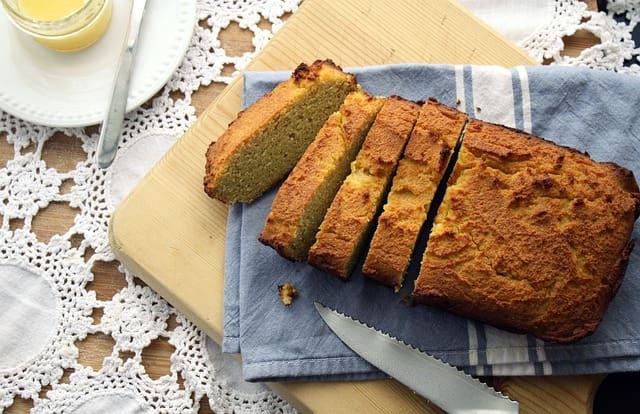

Additionally, utilizing separate storage areas for gluten-free ingredients and maintaining clear labeling practices can aid in preventing cross-contamination.
Moistening Agents
When it comes to gluten-free baking, choosing the right moistening agents is crucial for achieving desirable texture and flavor in baked goods.
In this discussion, we will explore the options of oil versus butter, the use of fruit purees, and the benefits of incorporating yogurt and buttermilk into gluten-free recipes.
Understanding the role of different moistening agents will help elevate the quality of celiac-friendly baked treats.
Oil Vs. Butter
In gluten-free baking, the choice between oil and butter as moistening agents is a crucial consideration for achieving the desired texture and flavor in celiac-friendly baked goods.
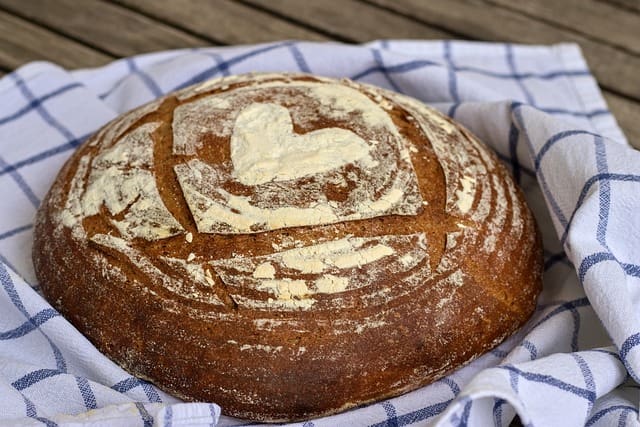

While both oil and butter can effectively moisten and add richness to gluten-free treats, they offer distinct characteristics.
Oil, being 100% fat, can yield a moister and more tender crumb in gluten-free baked goods. It also helps to extend the shelf life of the products.
On the other hand, butter contributes a rich flavor and a slightly denser texture due to its water and milk solids content.
When deciding between oil and butter, it’s essential to consider the specific recipe and desired outcome. Experimenting with different types of oil and butter substitutes can provide even more options for creating delicious, moist, and celiac-friendly baked goods.
Fruit Purees
Carefully selecting and incorporating fruit purees as moistening agents in gluten-free baking can enhance both the texture and flavor of celiac-friendly treats.
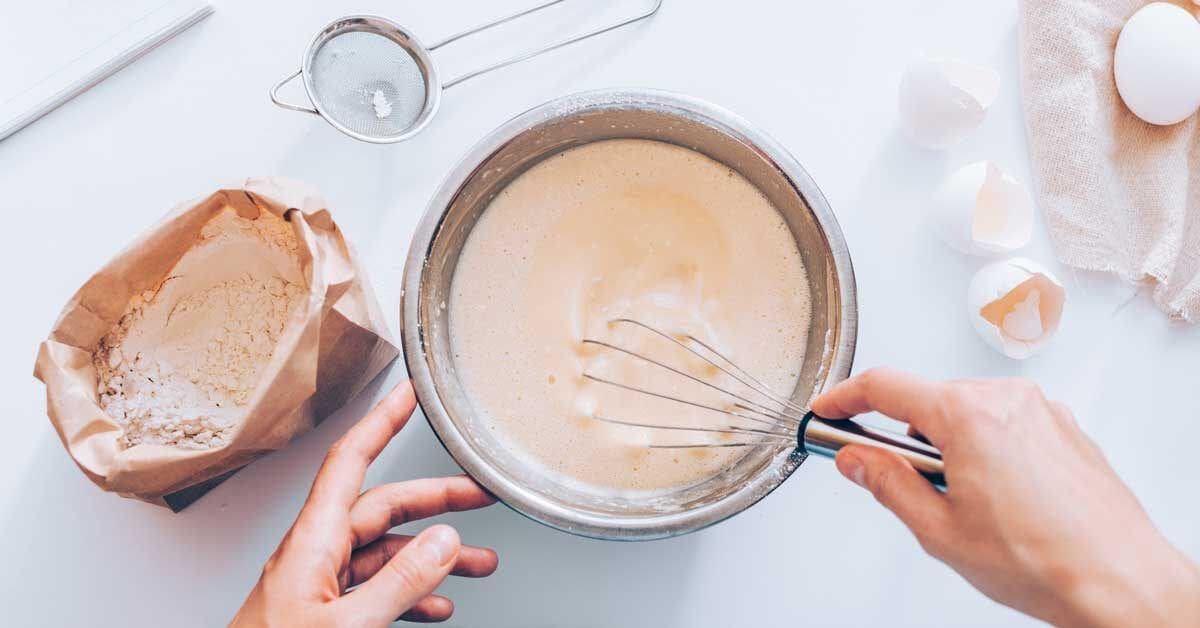

Fruit purees such as applesauce, mashed bananas, and pureed berries not only add natural sweetness but also contribute to moisture in baked goods.
When used in place of traditional moistening agents like oil or butter, fruit purees offer a healthier alternative while providing a soft and tender crumb to the final product.
Additionally, they can add depth and complexity to the flavor profile, making them particularly suitable for cakes, muffins, and quick breads.
Experimenting with different fruit purees allows for versatile flavor combinations, making celiac-friendly baking an enjoyable and flavorful experience for those seeking dietary freedom.
Yogurt and Buttermilk
Incorporating yogurt and buttermilk as moistening agents in gluten-free baking enhances both the texture and flavor of celiac-friendly treats. These dairy products add moisture and tenderness to gluten-free baked goods, compensating for the absence of gluten.
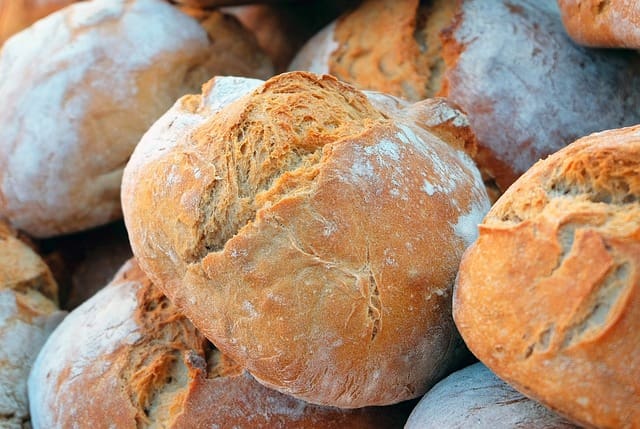

Yogurt and buttermilk also contribute a subtle tanginess and richness, elevating the overall taste profile of the treats. When used in conjunction with other gluten-free flours and binding agents, yogurt and buttermilk help achieve a desirable crumb structure and prevent dryness in baked goods.
Furthermore, the acidity in both yogurt and buttermilk can react with leavening agents, contributing to better rise and a more delicate texture in celiac-friendly baked items.
Binding Agents
When it comes to celiac-friendly baking, using the right binding agents is crucial for achieving the desired texture and structure in gluten-free baked goods. Xanthan gum and psyllium husk are two popular choices known for their ability to mimic the binding properties of gluten.
These ingredients help prevent crumbling and create a cohesive, well-formed final product.
Xanthan Gum
A crucial component in celiac-friendly baking is the effective use of xanthan gum, a binding agent that plays a key role in providing structure and elasticity to gluten-free baked goods. Xanthan gum, derived from fermented sugar, is a popular choice for gluten-free baking due to its ability to mimic the properties of gluten.


When using alternative flours such as almond, rice, or coconut flour, xanthan gum helps to prevent crumbling and give the baked goods a desirable texture. It is essential to use xanthan gum in the right proportion as excessive use can result in a slimy texture. Typically, a quarter to half a teaspoon of xanthan gum per cup of gluten-free flour is recommended for best results.
Mastering the use of xanthan gum can significantly enhance the quality and texture of celiac-friendly baked goods.
Psyllium Husk
Another essential binding agent in celiac-friendly baking is psyllium husk. Similar to xanthan gum, it plays a crucial role in providing structure and texture to gluten-free baked goods.
Psyllium husk is a natural fiber that absorbs moisture and helps create a desirable crumb structure in gluten-free bread, cakes, and other baked treats. It also aids in improving the elasticity of gluten-free dough and batter, making them easier to work with.
When using psyllium husk, it’s important to follow specific recipes and measurements, as too much can result in a gummy texture. However, when used correctly, it can contribute to the overall success of gluten-free baking.


In addition to its baking benefits, psyllium husk offers health benefits as well. It aids in digestion and promotes regularity, making it a valuable ingredient for individuals seeking freedom in their dietary choices.
Gluten-Free Leavening
Gluten-free baking often requires special attention to leavening agents to achieve the desired texture and rise in baked goods. Traditional leavening agents such as baking powder and baking soda are gluten-free, making them suitable for celiac-friendly baking. However, due to the absence of gluten, alternative methods are often required to ensure the proper structure and rise in gluten-free baked goods.
One effective gluten-free leavening agent is xanthan gum, which mimics the role of gluten by providing elasticity and structure. It is commonly used in gluten-free bread and pastry recipes to improve texture and prevent crumbliness. Another popular option is guar gum, which also helps to bind and thicken gluten-free batters and doughs.
Additionally, incorporating whipped egg whites or whipped aquafaba (the liquid from canned chickpeas) into gluten-free batters can contribute to the aeration and lightness of the final product. This technique is particularly useful in recipes for gluten-free cakes and muffins.
Experimenting with different gluten-free leavening agents and techniques can empower individuals to create delicious baked goods that are free from gluten while still achieving the desired texture and rise.
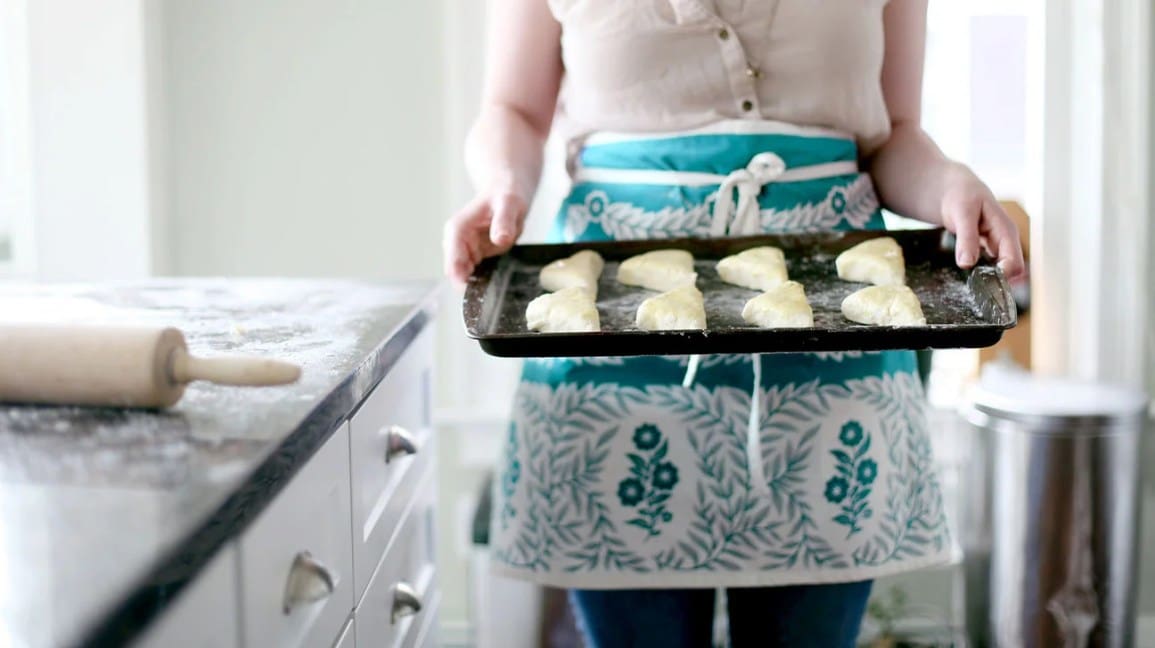

Dough Resting
Resting the dough is a crucial step in gluten-free baking that allows the ingredients to fully hydrate and the structure to develop, resulting in better texture and flavor in the finished product.
There are several key points to consider when it comes to resting gluten-free dough:
- Hydration: Allowing the dough to rest gives the gluten-free flours and starches time to fully absorb the liquids in the recipe. This hydration process is essential for creating a dough that is easy to work with and yields a tender, moist final product.
- Texture Development: Resting the dough allows it to relax, which in turn helps develop a better texture. This is especially important in gluten-free baking, where achieving the right texture can be more challenging.
- Flavor Enhancement: Giving the dough time to rest allows the flavors to meld and develop, resulting in a more flavorful end product. This is particularly important in gluten-free baking, where the use of alternative flours and ingredients can impact the overall flavor profile.
Ingredient Substitutions
When it comes to celiac-friendly baking, ingredient substitutions play a crucial role in achieving the desired texture and taste. Understanding flour alternatives and binding agents is essential for creating successful gluten-free baked goods.
Let’s explore how these ingredient substitutions can help individuals with celiac disease enjoy delicious and safe baked treats.
Flour Alternatives
Consider incorporating alternative flours into your baking recipes to accommodate those with gluten sensitivities. By using flour alternatives, you can still create delicious and satisfying baked goods without the use of traditional wheat flour.


Here are three versatile flour alternatives to consider:
- Almond Flour: This nutrient-dense, low-carb flour adds a subtly sweet, nutty flavor to baked goods. It works well in recipes for cookies, cakes, and muffins, providing a moist and tender texture.
- Coconut Flour: Known for its high fiber content, coconut flour is an excellent option for gluten-free baking. It absorbs a lot of liquid, so be sure to adjust the liquid-to-flour ratio in your recipes.
- Oat Flour: Made from ground oats, oat flour adds a light, slightly sweet flavor to baked goods. It’s ideal for pancakes, quick breads, and cookies, providing a delicate crumb texture.
Binding Agents
To ensure the successful utilization of alternative flours in gluten-free baking, it is imperative to understand the role of binding agents and explore ingredient substitutions that effectively mimic the cohesive properties of gluten in traditional wheat flour recipes.
In gluten-free baking, binding agents play a crucial role in providing structure and moistness to baked goods. Common binding agents such as xanthan gum, guar gum, and psyllium husk are often used to replicate the binding properties of gluten.
However, for those seeking freedom from these additives, natural alternatives like flaxseed meal, chia seeds, and agar-agar can be used to achieve similar results.
Additionally, ingredients such as mashed bananas, applesauce, and nut butters can serve as binding agents while also adding flavor and nutrients to gluten-free baked goods.


Experimenting with these alternative binding agents can lead to masterful celiac-friendly baking without compromising on texture or taste.
Texture Improvement
In gluten-free baking, achieving a desirable texture can be challenging, but with the right techniques and ingredients, it is possible to create baked goods that are both celiac-friendly and satisfyingly textured.
Here are three essential tips for improving the texture of gluten-free baked goods:
- Use Alternative Flours: Experiment with a variety of gluten-free flours like almond flour, coconut flour, or sorghum flour. Each type of flour brings its unique texture and flavor profile to the table, allowing you to achieve the desired consistency in your baked goods.
- Incorporate Binders: Adding ingredients like xanthan gum, guar gum, or psyllium husk can help improve the texture of gluten-free baked goods by providing the necessary binding and elasticity that gluten would typically offer.
- Balance Moisture: Gluten-free flours tend to absorb more moisture than traditional wheat flour. To prevent dry and crumbly textures, consider increasing the moisture content in your recipes by adding ingredients such as yogurt, applesauce, or additional eggs.
Flavor Enhancement
Enhancing the flavor of gluten-free baked goods is essential for creating enjoyable and satisfying treats for individuals with celiac disease. Due to the absence of gluten, many traditional baking ingredients that contribute to flavor, such as wheat flour, are no longer viable options. However, there are several techniques and ingredients that can be used to enhance the flavor of celiac-friendly baked goods.
One approach is to use high-quality, flavorful ingredients such as pure vanilla extract, natural cocoa powder, and fresh citrus zest. These ingredients can add depth and complexity to the flavor profile of baked goods without relying on gluten-containing elements.


Additionally, incorporating spices and herbs like cinnamon, nutmeg, cardamom, or even fresh herbs like rosemary or thyme can elevate the taste of gluten-free treats. These ingredients not only add flavor but also contribute to a more aromatic and appealing sensory experience.
Furthermore, using alternative sweeteners like honey, maple syrup, or agave nectar can impart a distinct and pleasing sweetness to gluten-free baked goods. These natural sweeteners can enhance the overall flavor profile while providing a healthier alternative to refined sugars.
Recipe Adjustments
When adapting traditional recipes to be gluten-free, careful adjustments to the ingredient ratios and baking techniques are imperative for achieving the desired texture and structure in celiac-friendly baked goods. Here are three essential recipe adjustments to consider:
- Flour Substitutions:
Replace wheat flour with gluten-free alternatives such as almond flour, coconut flour, rice flour, or a gluten-free flour blend. Each type of flour has its unique properties, so it’s important to experiment with different combinations to achieve the ideal texture and flavor in your baked goods. - Binding Agents:
Since gluten provides the elasticity and binding properties in traditional baking, it’s crucial to incorporate alternative binding agents such as xanthan gum, guar gum, flaxseed meal, or psyllium husk to prevent crumbly or dry textures in gluten-free baking. - Liquid and Fat Ratios:
Gluten-free flours often require more moisture to prevent dryness. Adjust the liquid and fat ratios in your recipes to ensure that the batter or dough has the right consistency for the specific baked goods you are making. This may involve increasing the amount of eggs, milk, oil, or other liquid ingredients to achieve the desired texture.
Kitchen Equipment
Adapting celiac-friendly baking techniques involves not only recipe adjustments but also the strategic use of kitchen equipment to ensure optimal results in gluten-free baking.
When it comes to celiac-friendly baking, having the right kitchen equipment can make a significant difference in the texture and taste of the final product. Invest in a good quality stand mixer, as gluten-free batters and doughs often require more mixing to achieve the desired consistency.
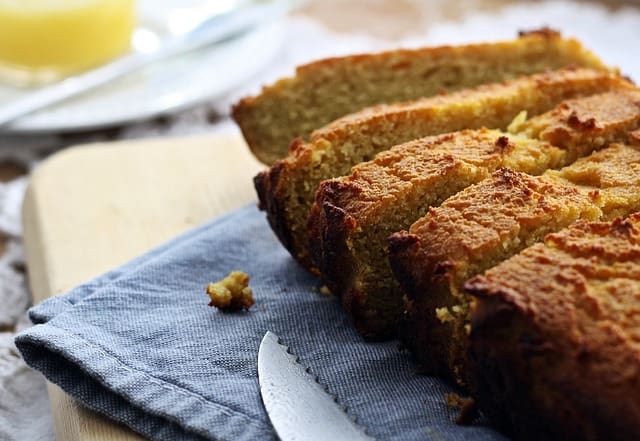

Additionally, having a set of non-stick baking pans and parchment paper can help prevent sticking and ensure easy release of gluten-free baked goods. A kitchen scale is also essential for precise measurement of gluten-free flours, as they vary in density and weight.
Furthermore, using a separate set of baking tools and equipment for gluten-free baking can help prevent cross-contamination and ensure the safety of individuals with celiac disease.
Frequently Asked Questions
Can You Provide Tips for Successfully Baking Gluten-Free Bread in High Altitudes?
Navigating high-altitude gluten-free baking requires precision. Start by adjusting yeast, liquids, and flour ratios. Consider reducing yeast, increasing liquids, and using a blend of gluten-free flours. Test, refine, and embrace the art of adaptation.
Are There Any Specific Techniques for Making Gluten-Free Baked Goods That Are Suitable for a Vegan Diet?
When making gluten-free baked goods suitable for a vegan diet, it’s essential to use alternative flours like almond, coconut, or rice flour. Replacing eggs with substitutes such as flax or chia seeds can enhance texture and binding.
What Are Some Ways to Incorporate More Fiber Into Gluten-Free Baking Recipes?
Incorporating more fiber into gluten-free baking recipes can be achieved by using ingredients like almond flour, coconut flour, or ground flaxseeds. These not only boost fiber content but also add a nutty flavor and texture to the baked goods.


How Can I Make Gluten-Free Baked Goods That Are Also Low in Sugar and Suitable for a Diabetic Diet?
To make gluten-free baked goods suitable for a diabetic diet, opt for natural sweeteners like stevia or monk fruit, and incorporate high-fiber ingredients such as almond flour or coconut flour. Experiment with low-glycemic index fruits and portion control to manage sugar intake.
Are There Any Special Considerations for Baking Gluten-Free Treats for Children With Celiac Disease?
When baking gluten-free treats for children with celiac disease, it’s essential to carefully select ingredients, prioritize cross-contamination prevention, and consider the unique dietary needs of the child. Creating a safe and delicious experience is paramount.


Hi, I’m Kyle Rivera, a news journalist and blog editor with the Daily Evening News. A TCU alum with a flair for storytelling, I spend my days uncovering impactful stories and my evenings exploring the realms of yoga, cycling, and whimsically bad poetry.
Travel is my escape; I’ve trekked from Tokyo’s neon lights to Iceland’s tranquil vistas. But no journey is complete without Mogli, my Golden Retriever, who’s redefining his breed standards in the most charming ways.
I love connecting with fellow travelers, yogis, cyclists, and anyone who enjoys a laugh at my poetic attempts. If you’re into stories that inspire, travel escapades, or just want to see what Mogli and I are up to, I’d love to hear from you on Instagram or Facebook. Let’s share tales and tips from around the globe!

